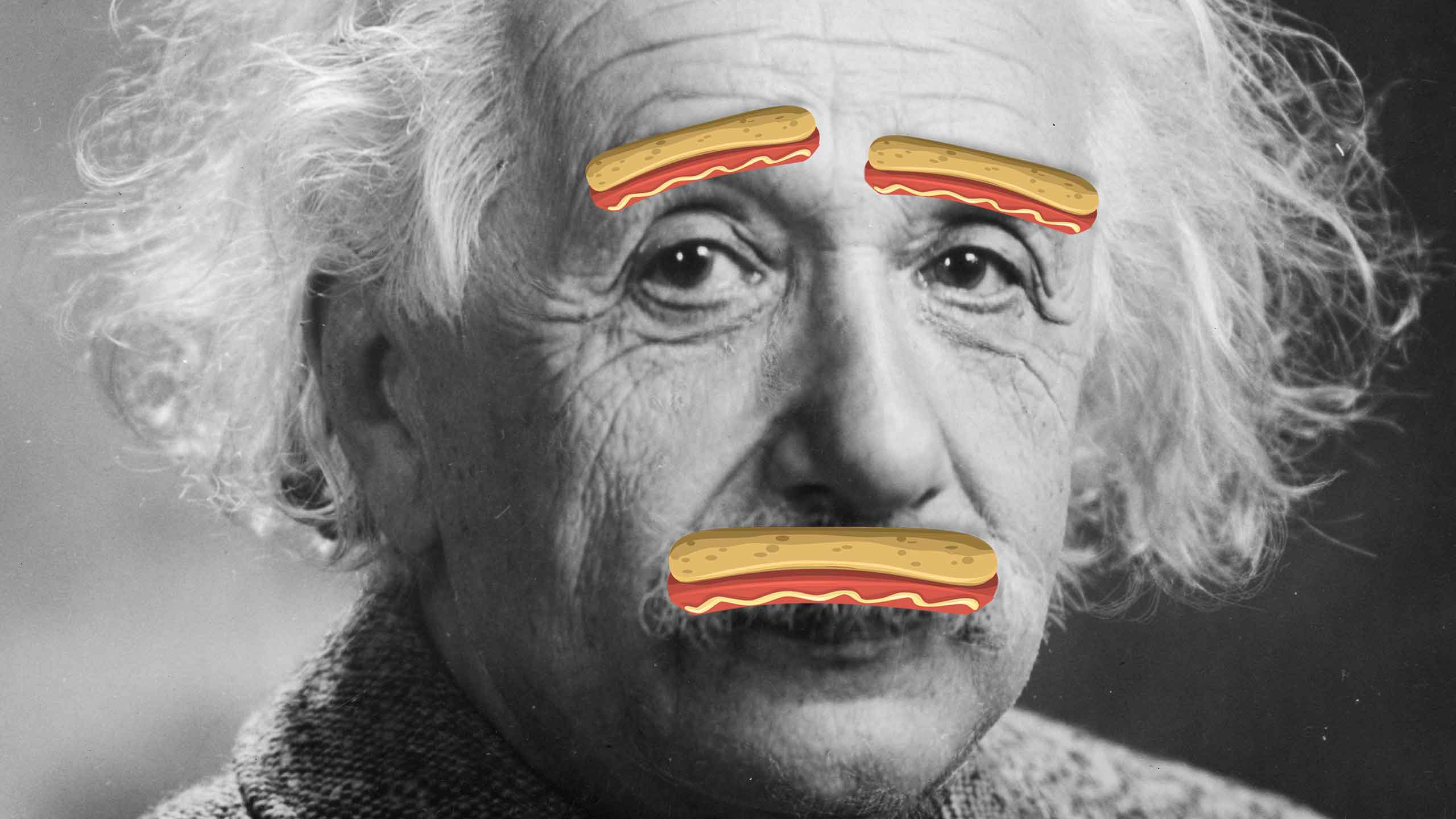By Lyba Mansoor
Hot dogs. Those delicious meaty cylinders people just can’t help gobbling up (hey, not THOSE meaty cylinders, get your head out of the gutter!). The sandwich-burrito hybrid has become somewhat of a staple food at Ryerson, with hot dog carts on pretty much every corner, but have you ever stopped to wondered what that meat stick is ACTUALLY made of?
Ryerson student, Julian Wiener, an avid hot dog enthusiast, set out to find out the truth about his favourite food item.
“I’ve been eating hot dogs all my life,” Wiener said. “My house is right by this Wienery, kind of like a winery but of course specializing in the production of hot dogs and sausages. As a kid, I’d walk by there every day on my way to school, and that delicious smell would have me thinking about hot dogs all day long.”
This is where Wiener’s passion began. He started eating hot dogs for breakfast, lunch and dinner daily at age eight. His parents were always supportive of his dream, and kept a separate fridge in the basement for his special food item.
“It wasn’t until I got into university that I started to really think: what goes in a hot dog? All the carts on campus seemed to have hot dogs that just… tasted… well, this is when I began my investigation into the making of hot dogs,” Wiener said.
It took months before Wiener got in touch with the Hot dog-Hot dog-Hot-diggity-dog Association of Canada (HHHAC). This is where he was put in touch with their lead scientist and creator of the hot dog, Albert Einstein.
“At first I was like, ‘OK, no way Einstein invented the hot dog,’ but after talking to him it all began making sense,” Wiener said.
“Yes, I invented the hot dog, right after I came out with E=MC2, but nobody ever really credited me,” said Einstein. “The hot dog was the result of a failed experiment actually. I was in my lab working on an app that lets you use other apps but still has YouTube playing in the background, when a miscalculation produced a square-like slab of meat.”
“I, being a renowned scientist, decided what the hell?! I’m going to taste this thing. When I slid it into my mouth the joy I felt was inconceivable.”
Through eventual trial and error, Einstein finally got a shape for his invention that he was satisfied with. “There’s just something more aesthetically appealing about sliding a cylindrical sausage into buns than a square one,” he said.
Wiener was “elated” after speaking to Einstein.
“It’s what every hot dog lover ever dreams of. You hear all the rumours about hot dogs being made of rejected meat trimmings, and you just pray it isn’t true, and now I know it isn’t true!” Wiener said.
Wiener intends on continuing consuming hot dogs for every meal, and is actually currently interning at the HHHAC.
The general public can now rest easy when enjoying a hot dog at their next family barbecue. All the rumours about hot dogs being made of selected meat trimmings have been put to rest with Wiener’s discovery of a far more logical scenario.










Leave a Reply